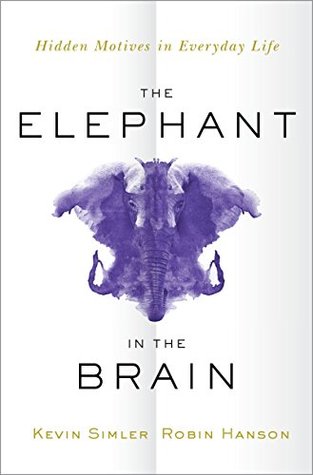More on this book
Community
Kindle Notes & Highlights
Our brains are built to act in our self-interest while at the same time trying hard not to appear selfish in front of other people.
Self-deception is therefore strategic, a ploy our brains use to look good while behaving badly.
“We should often blush at our noblest deeds,” wrote François de La Rochefoucauld in the 17th century, “if the world were to see all their underlying motives.”
costs. (See Chapter 5 for more on deception.) That’s why the best signals—the most honest ones—are expensive.
Sabotaging yourself works only when you’re playing against an opponent with a theory-of-mind.
Instead, a good rule of thumb is that the easier it is to judge someone based on a particular product, the more it will be advertised using cultural images and lifestyle associations.
the craziness of religious beliefs can function as a barometer for how strong the community is—how tightly it’s able to circle around its sacred center, how strongly it rewards members for showing loyalty by suppressing good taste and common sense. The particular strangeness of Mormon beliefs, for example, testifies to the exceptional strength of the Mormon moral community. To maintain such stigmatizing beliefs in the modern era, in the face of science, the news media, and the Internet, is quite the feat of solidarity.


